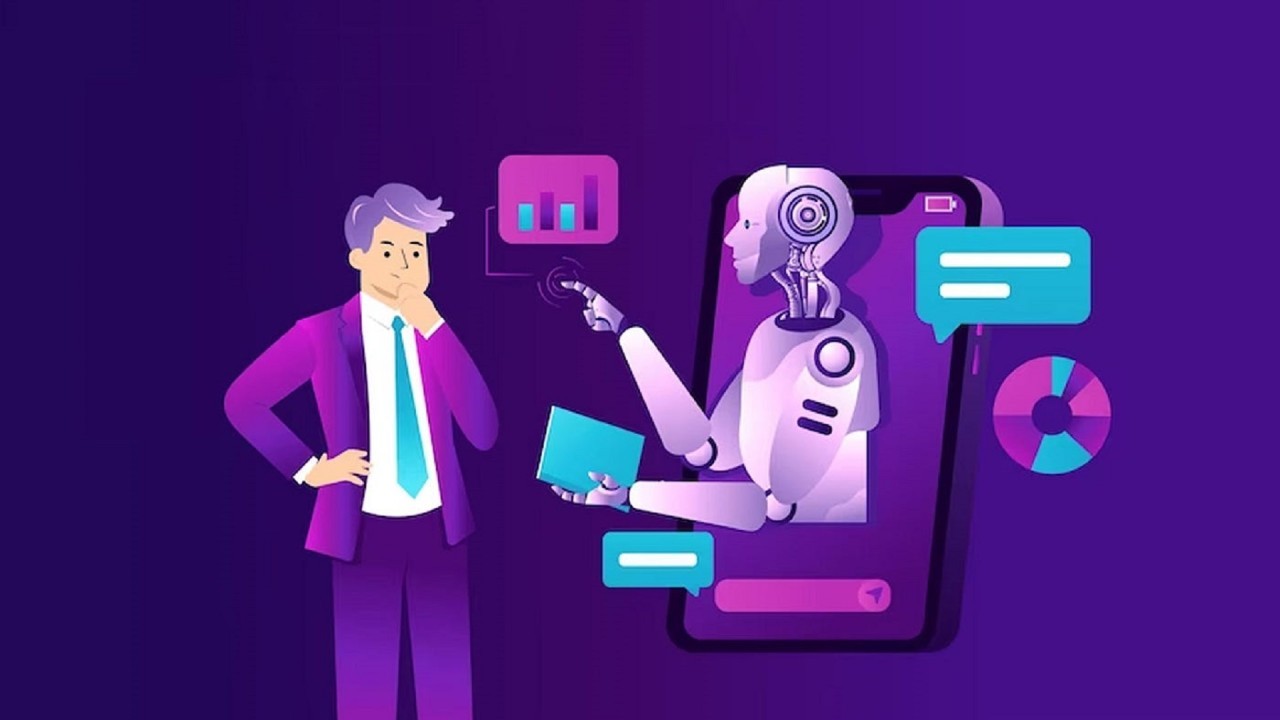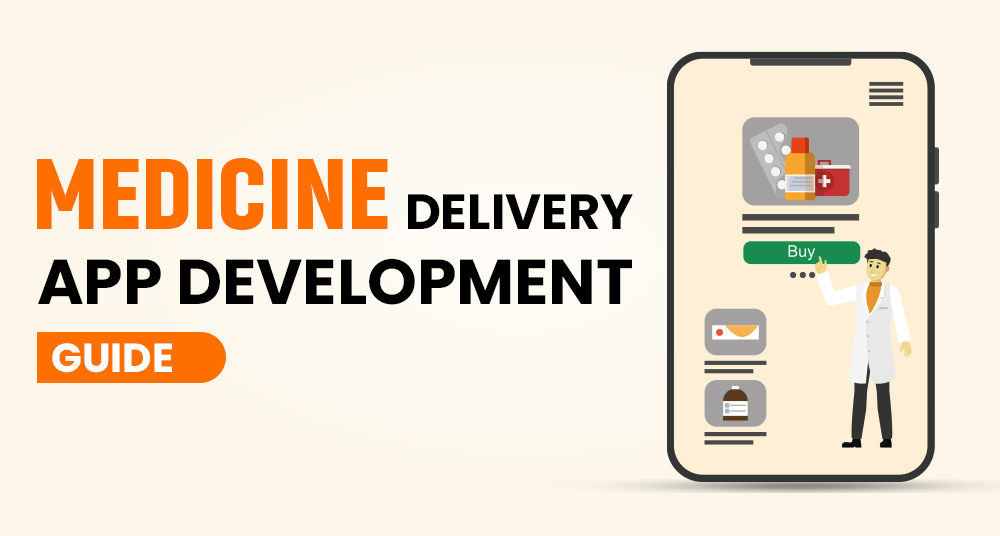For years, chatbots have been the face of AI in mobile apps. They’ve answered customer queries, provided basic support, and offered a semblance of personalized interaction. But the landscape is shifting. We’re witnessing the dawn of a new era: the rise of sophisticated AI agents that go far beyond simple conversational interfaces. These agents are transforming mobile apps from passive tools to proactive, intelligent assistants.
From Reactive Chat to Proactive Action:
The limitations of chatbots are becoming increasingly apparent. They’re often reactive, waiting for user input before offering assistance. AI agents, on the other hand, are designed to be proactive. They can:
- Anticipate User Needs: By analyzing user behavior, preferences, and contextual data, AI agents can predict what users might need before they even ask. Imagine a travel app that automatically suggests nearby restaurants based on your past dining preferences and current location.
- Automate Complex Tasks: AI agents can handle multi-step processes, freeing users from tedious tasks. This could involve booking travel, managing calendars, or even controlling smart home devices directly from a mobile app.
- Provide Personalized Recommendations: Beyond simple product suggestions, AI agents can offer tailored advice based on individual user profiles. A fitness app, for example, could create personalized workout plans and dietary recommendations based on a user’s fitness goals and medical history.
- Learn and Adapt: Unlike static chatbots, AI agents can learn from user interactions and adapt their behavior accordingly. This allows them to become increasingly effective over time, providing a truly personalized experience.
Key Technologies Driving the Evolution:
Several key technologies are fueling the rise of AI agents in mobile apps:
- Natural Language Processing (NLP): Advanced NLP models enable AI agents to understand and interpret complex language, allowing for more natural and intuitive interactions.
- Machine Learning (ML): ML algorithms allow AI agents to learn from data, identify patterns, and make predictions. This is crucial for enabling proactive behavior and personalized recommendations.
- Computer Vision: Integrating computer vision allows AI agents to “see” and interpret the world around them. This can be used for tasks like identifying objects, recognizing faces, and analyzing images.
- Contextual Awareness: Access to device sensors, location data, and user activity allows AI agents to understand the user’s context and provide relevant assistance.
Examples of AI Agents in Action:
- Personalized Shopping Assistants: Apps are now using AI agents to provide personalized product recommendations, offer styling advice, and even manage shopping lists.
- Intelligent Travel Planners: AI agents can handle all aspects of travel planning, from booking flights and hotels to creating personalized itineraries and providing real-time travel updates.
- Proactive Health and Wellness Coaches: AI agents are being used to track fitness goals, provide personalized workout plans, and offer dietary recommendations. They can also monitor vital signs and alert users to potential health issues.
- Smart Productivity Tools: AI agents can help users manage their schedules, prioritize tasks, and automate repetitive workflows.
Challenges and Considerations:
While the potential of AI agents is immense, there are also challenges to consider:
- Privacy and Security: Access to sensitive user data raises concerns about privacy and security. Developers must prioritize data protection and ensure transparency.
- Ethical Considerations: AI agents must be designed to be fair and unbiased. Developers must address potential biases in algorithms and ensure responsible use of AI.
- User Trust: Building user trust is crucial for the adoption of AI agents. Developers must create transparent and explainable AI systems.
- Computational power: Complex AI agents require significant processing power, and therefore app developers will need to find the right balance between functionality and device performance.
The Future is Intelligent:
The future of mobile apps is undoubtedly intelligent. AI agents are poised to revolutionize the way we interact with our devices, transforming them from passive tools to proactive and personalized assistants. As technology continues to advance, we can expect to see even more sophisticated AI agents emerge, further blurring the lines between human and machine interaction. The age of the chatbot is evolving, and the era of the AI agent is just beginning.



